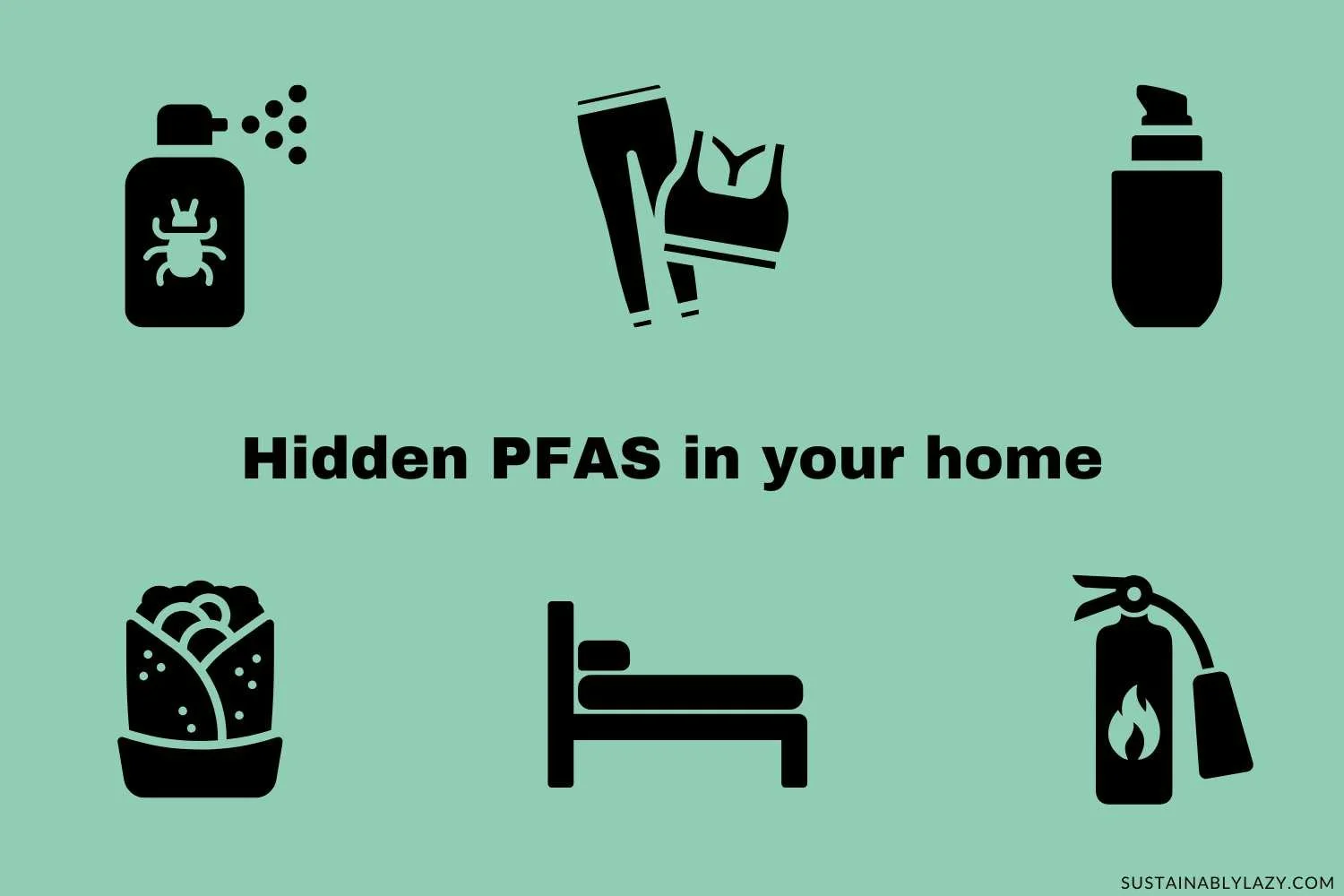The Scary Truth About Microbeads In Your Home
Single-use isn’t the only plastic you should be worried about.
A recent study estimated 14 million tons of microplastics on the ocean floor.
These pesky polymers are finding their way into the sea through popular products that we have all used (myself included).
Today I’m going to explain where you find microbeads in your home, what their purpose is and how to avoid them.
Why are there microplastics in your home?
Microbeads are tiny pieces of plastic that are less than 5mm in size. They are used for cleansing and exfoliating so are commonly found in toothpaste and face washes
Plastic polymers can also be liquid or wax. They are a cheap way to create the desired texture in beauty products. Polymers can be used to thicken water-based creams or turn them into gels.
They make your foundation creamier and help mascara last all day without smudging.
It’s probably not a surprise at this point, but cleaning products are also packed with petrochemicals.
A German study found there were 50x more liquid microplastics in the sea than microbeads which is pretty scary, don’t you think?
The (very rich) manufacturer of these synthetic polymers may claim that they are not harmful to the environment, but seeing as they are made from petroleum, a fossil fuel, it makes sense to swap to eco-friendly alternatives.
Wouldn’t you agree?
The microbead ban isn’t working
I know what you’re thinking - aren’t microbeads banned?
Yes, many countries have banned microbeads in rinse-off products (basically, anything that goes straight down the plughole).
This is because water treatment plants are not designed to filter them out. When you have a shower, any microplastics get rinsed down the drain and into the ocean where sea creatures, birds and fish are ingesting them and getting sick.
There are two problems with this ban.
Firstly, it doesn’t cover products you leave on your body, like sunscreen. Secondly, companies in the US and Europe are ignoring the ban and continuing to use plastic microbeads in rinse-off products. They are simply changing the name of the ingredient to “acrylic copolymer,” or worse, brands are outright lying and listing them as “apricot kernels.”
What products contain microbeads or liquid polymers?
Microbeads and liquid polymers are often in the following products:
Lipstick
Foundation and concealer
Sunscreen
Toothpaste
Face wash
Exfoliator
Mascara
Laundry detergent
Cleaning products
Moisturiser
Eczema creams
Lip balm
Shampoo
Conditioner
Pin this to your Pinterest board:
How can you be sure microplastics aren’t in your household products?
If you want to ensure your beauty and cleaning products are free from microbeads and microplastics you can check their ingredients lists. The top three are Carbomer, Acrylic Copolymer and Cyclopentasiloxane but there are hundreds more.
Cosmetics have to declare all the ingredients but unfortunately, cleaning products are legally allowed to keep their formulas a secret.
Here are three actions you can take:
1. Look for Zero
This is where the Look For Zero certification comes in. Created by the Plastic Soup Foundation, Look for Zero guarantees the product is free from microplastics.
2. Beat the Microbead
The Plastic Soup Foundation also created a free app called “Beat The Microbead.” You can use it to scan ingredients lists on your personal care products and it will tell you if it contains microplastics.
3. Sign the petition
The biggest amount of change happens when policies are made. Sign this petition to get microplastics banned in the EU.
If you found this post useful, please spread the word by sharing it on social media. You can also follow me on Facebook or Instagram and if you’d like to support my content and research you can say thanks by buying me a coffee.
HIT THE BUTTON TO SHARE:













